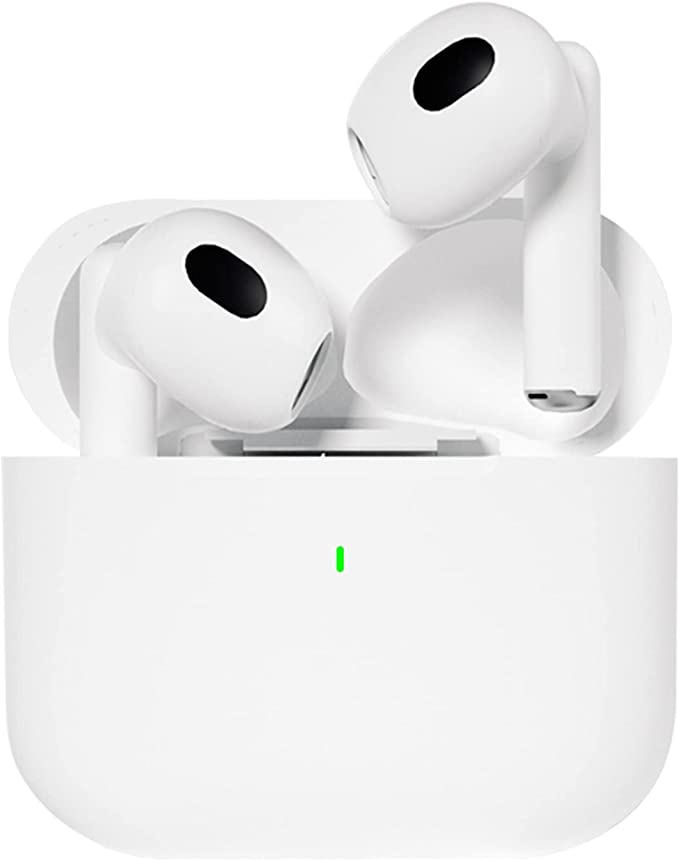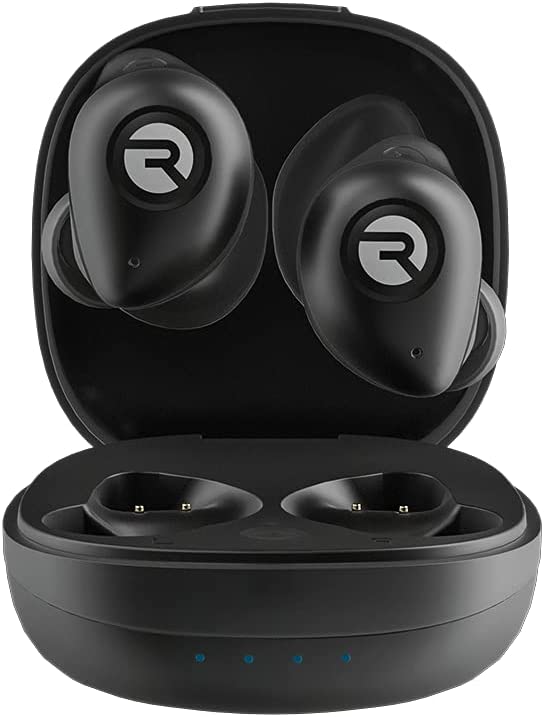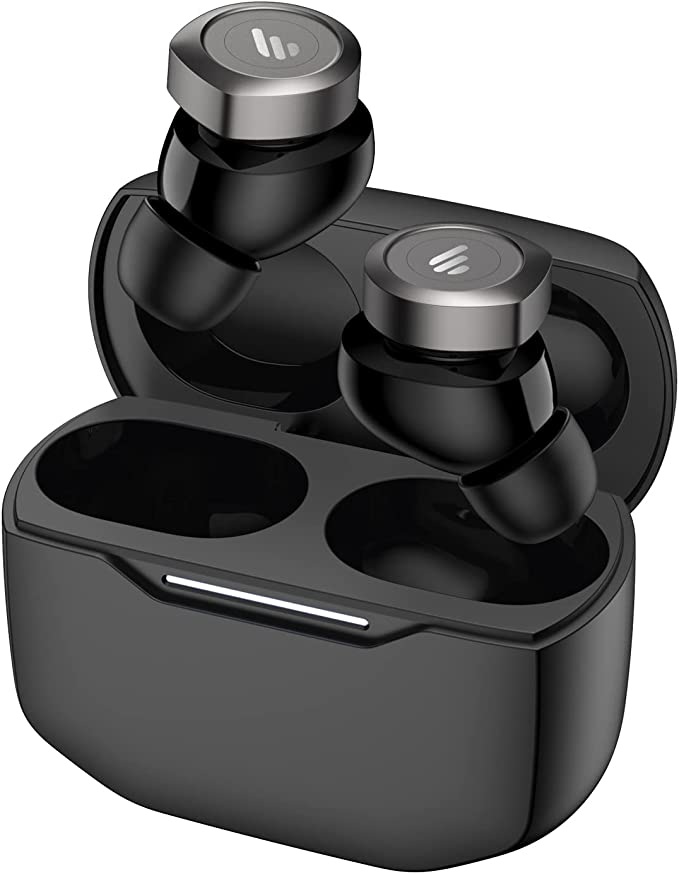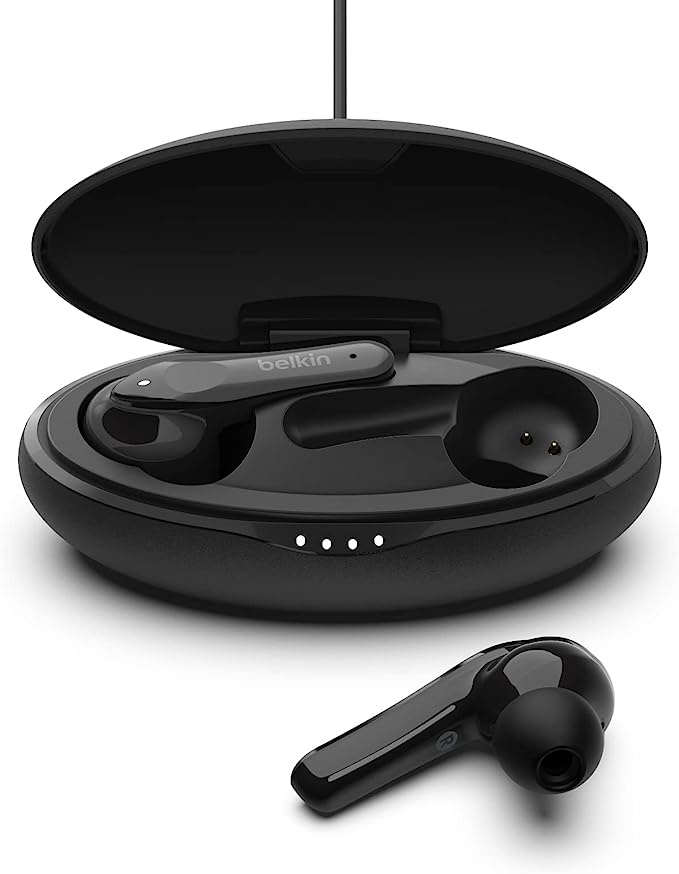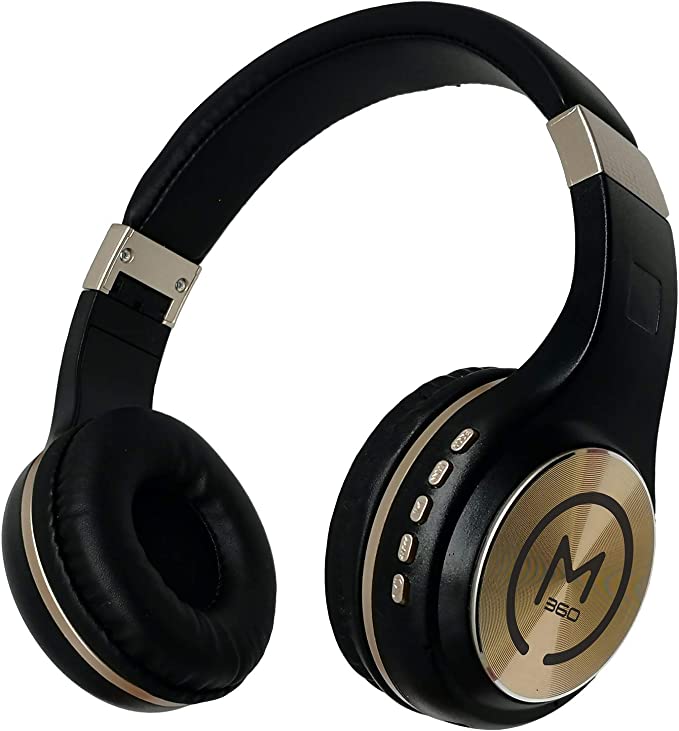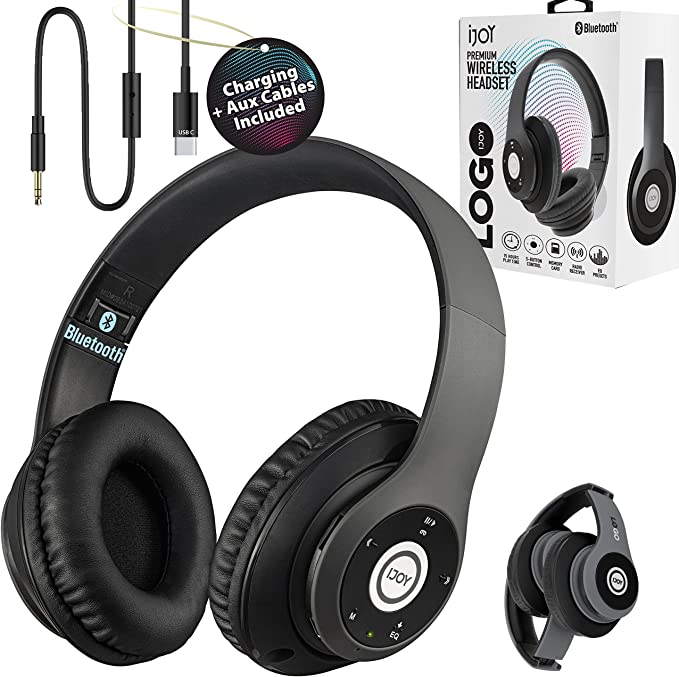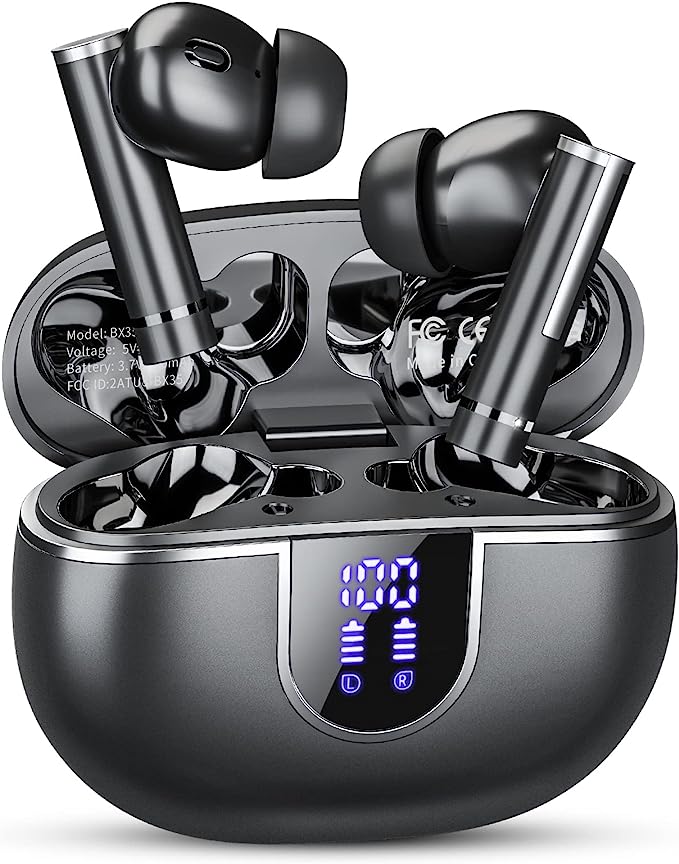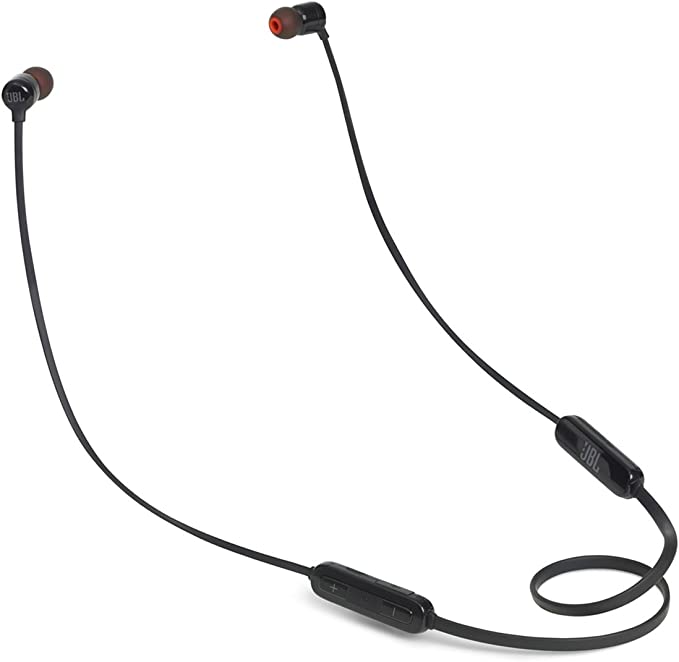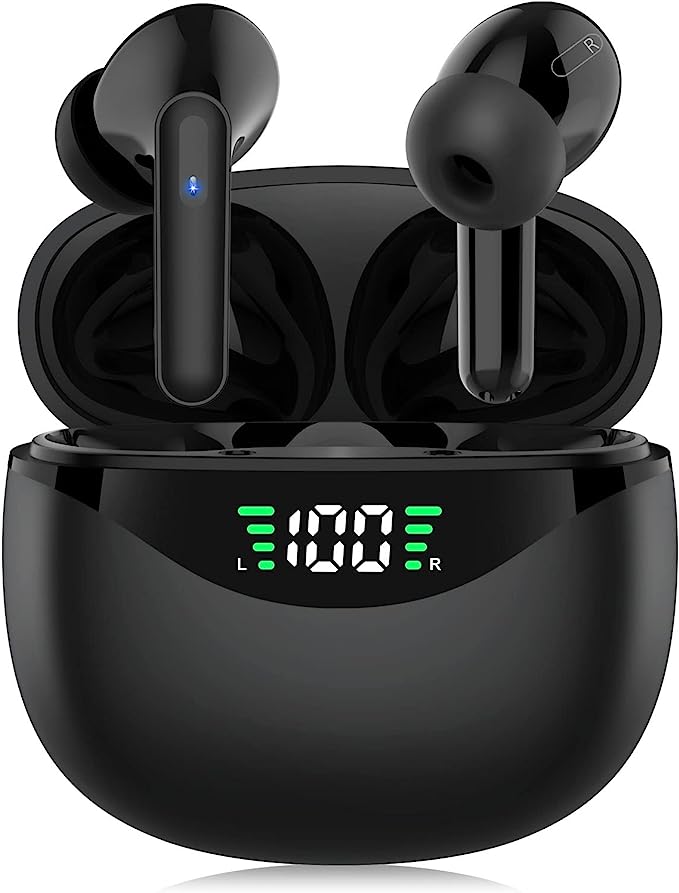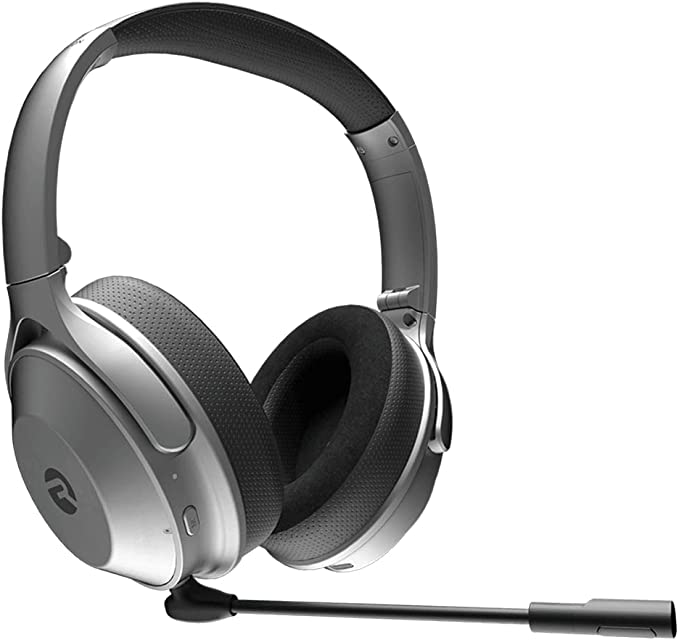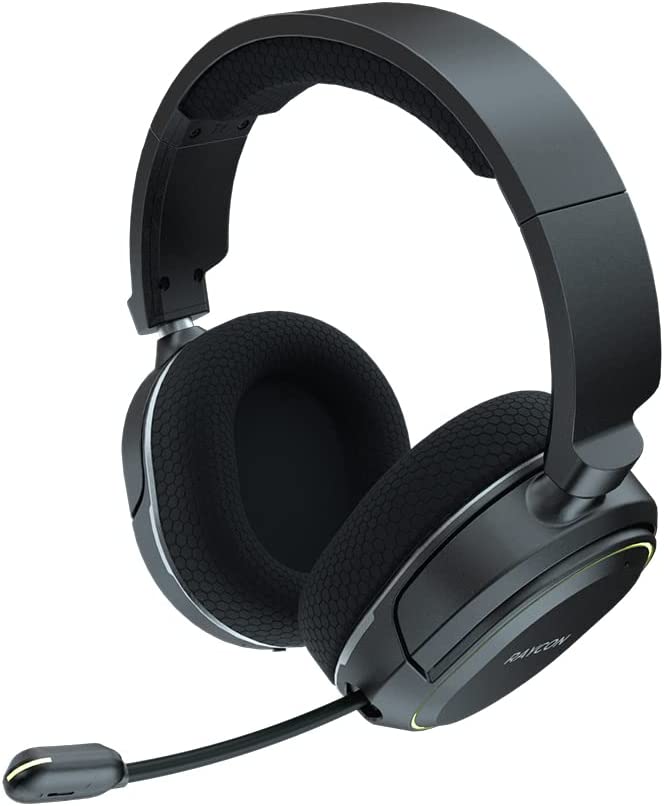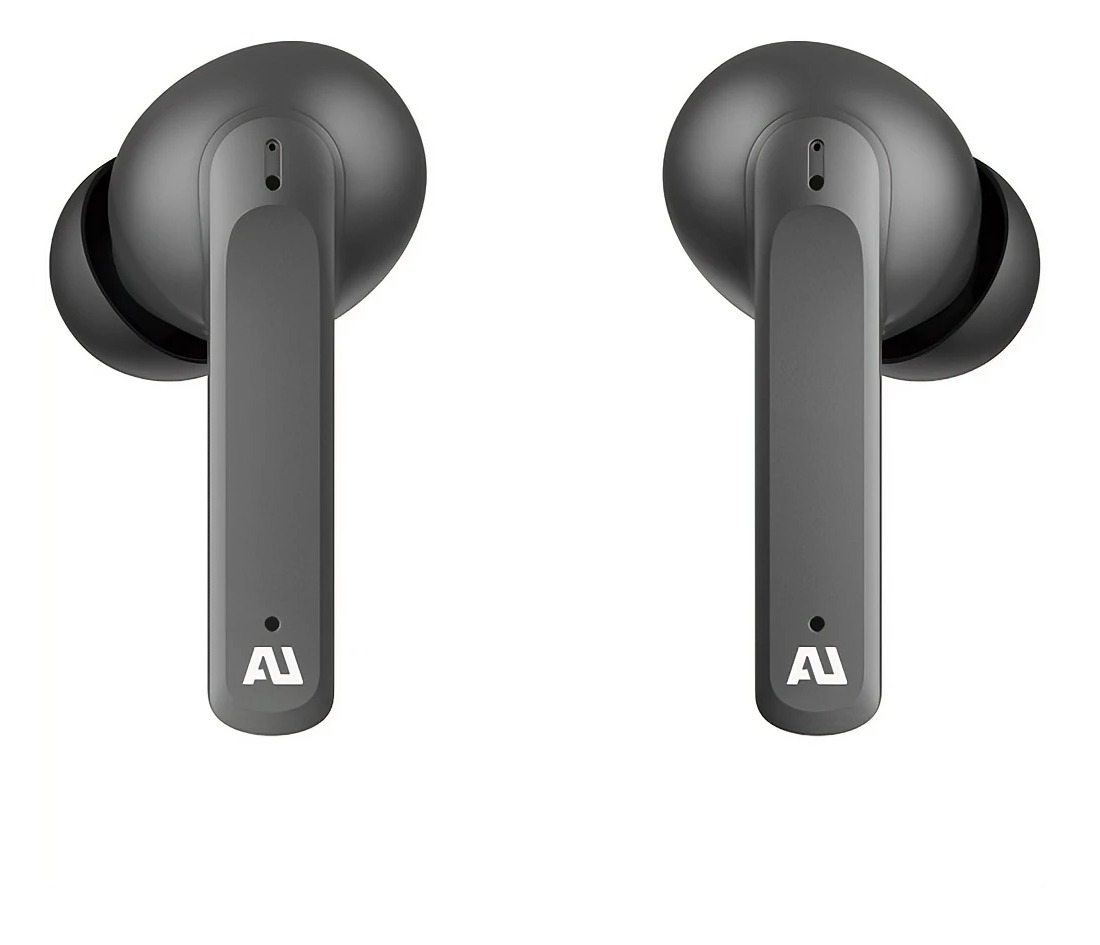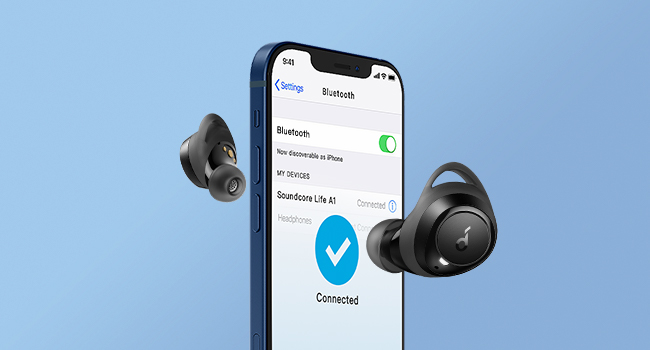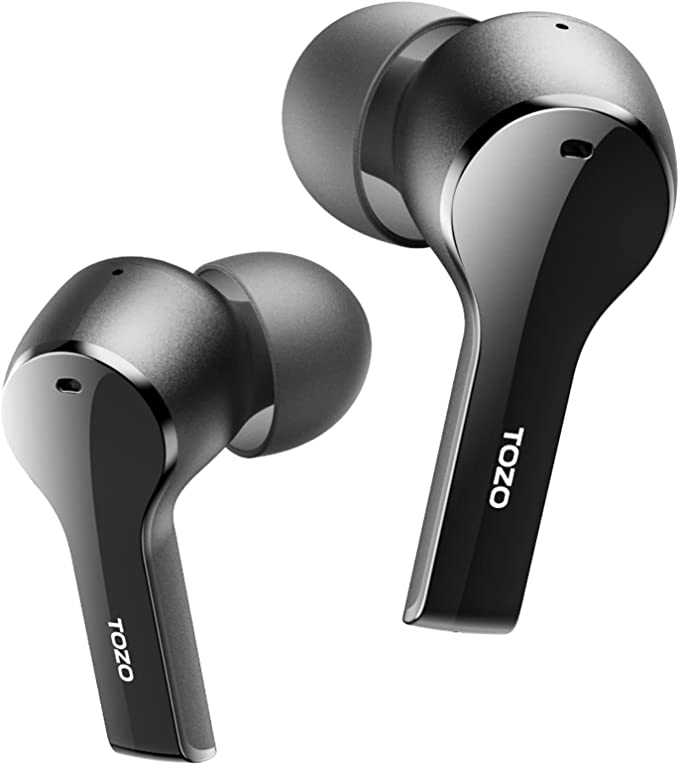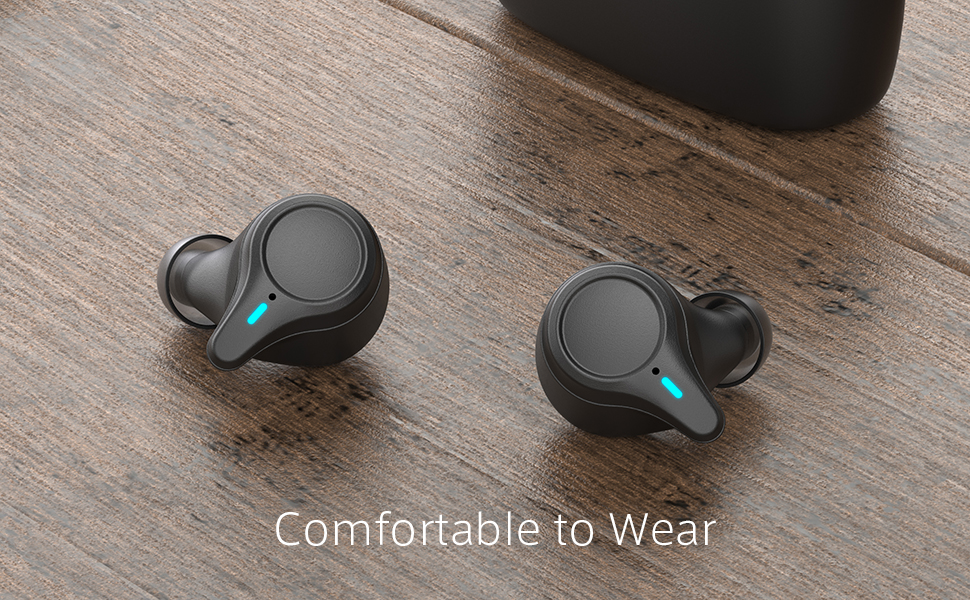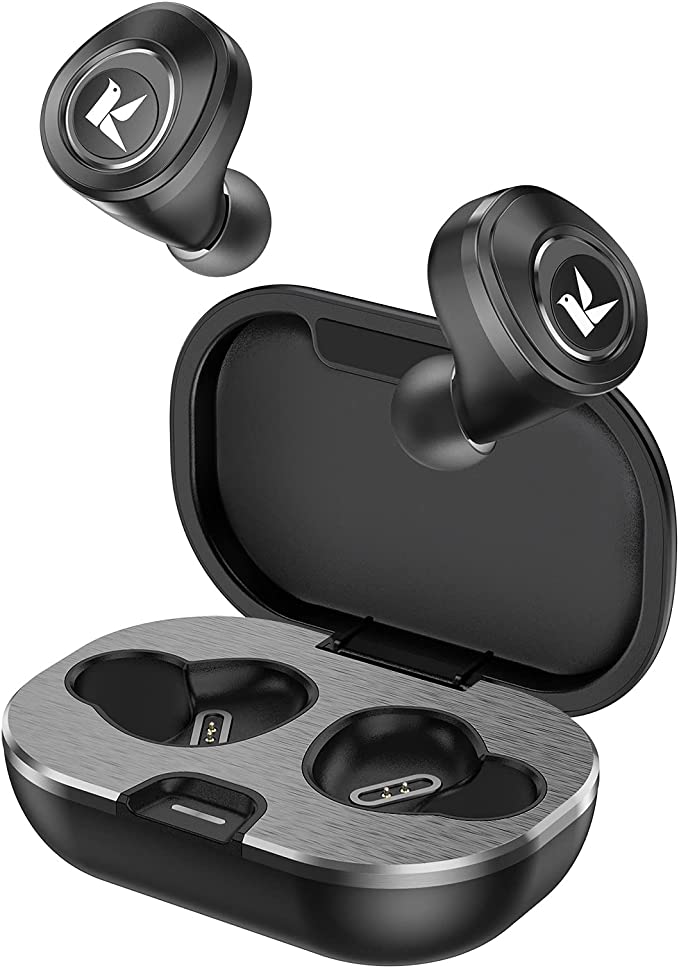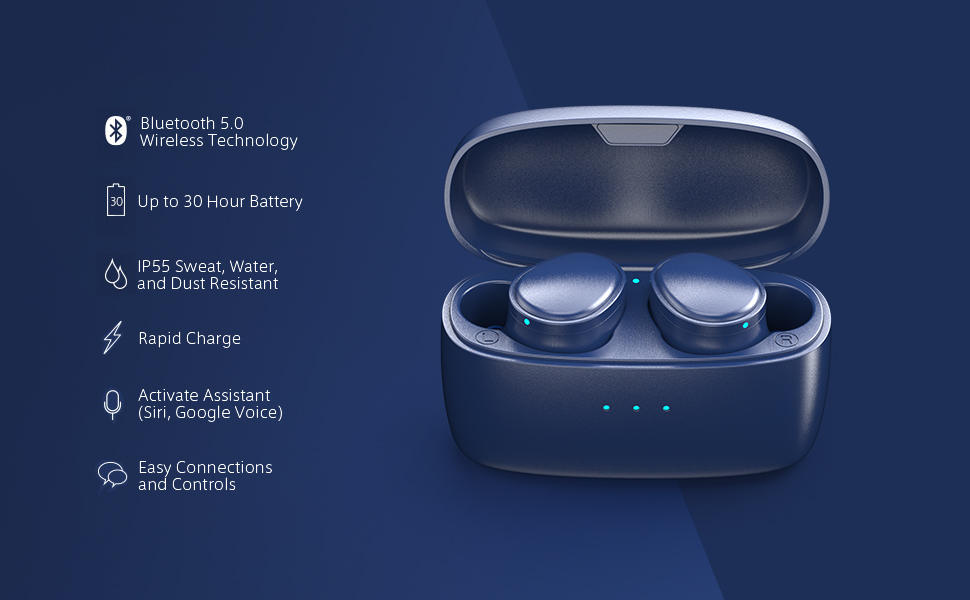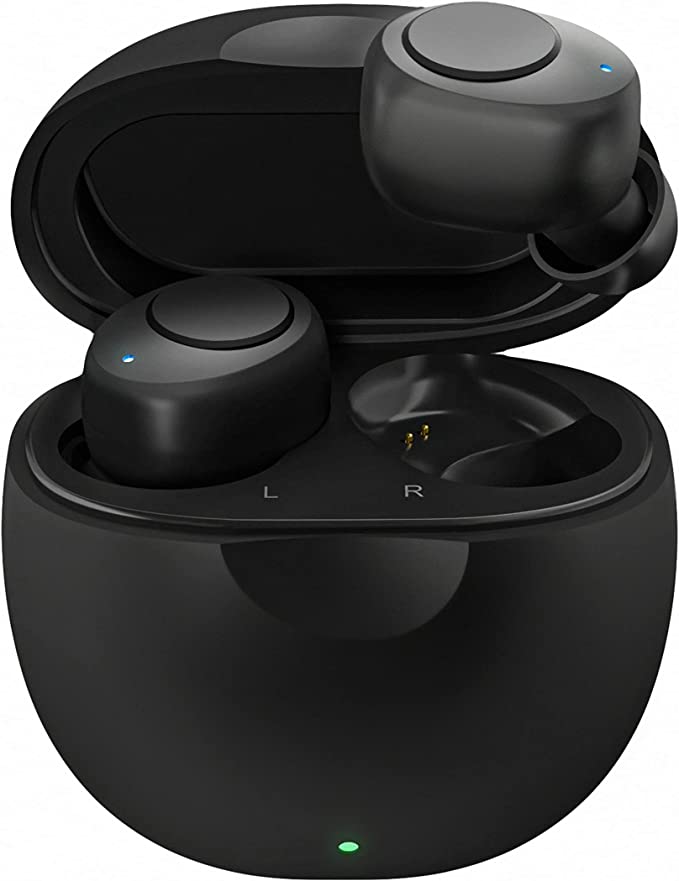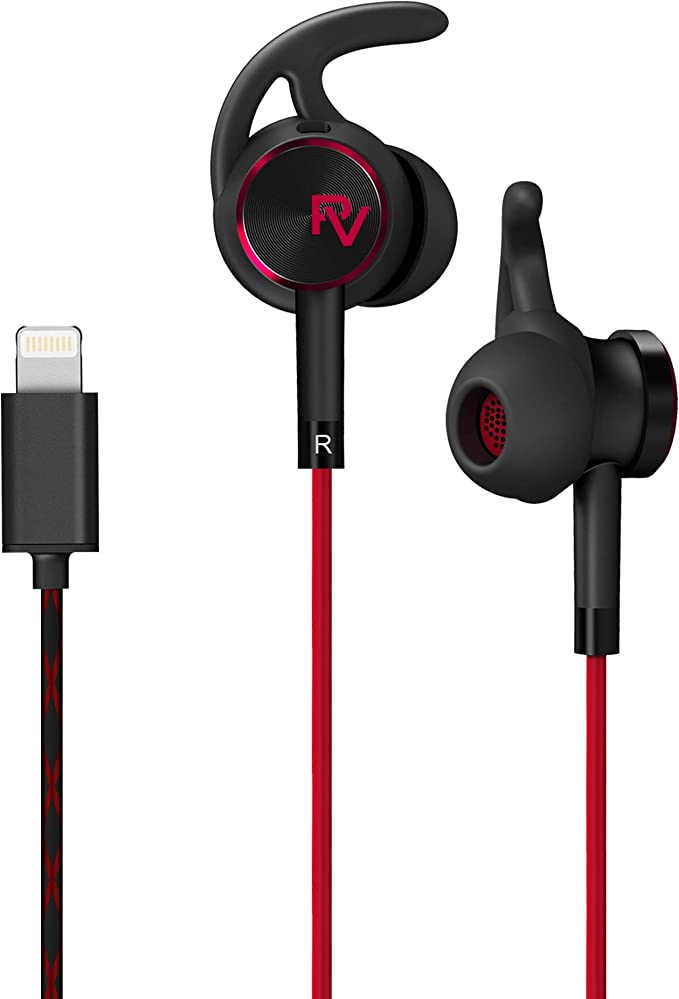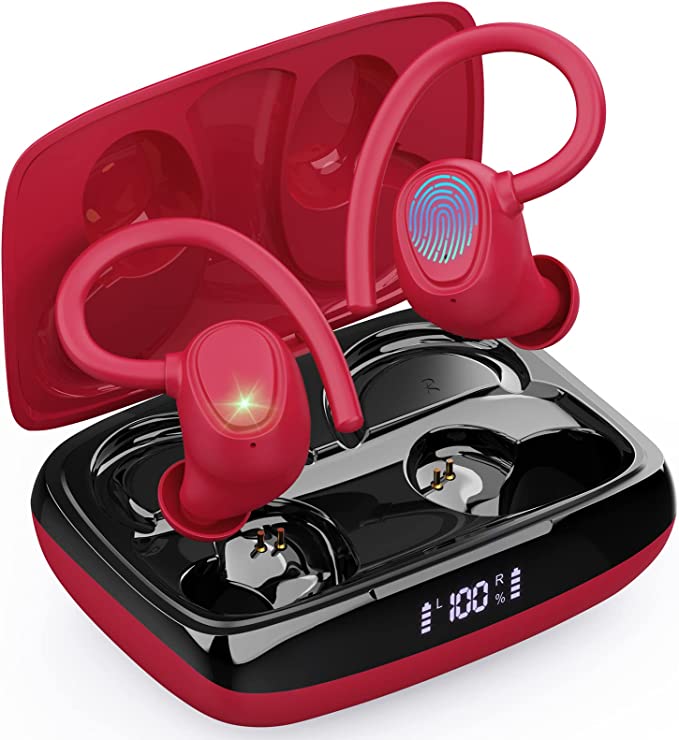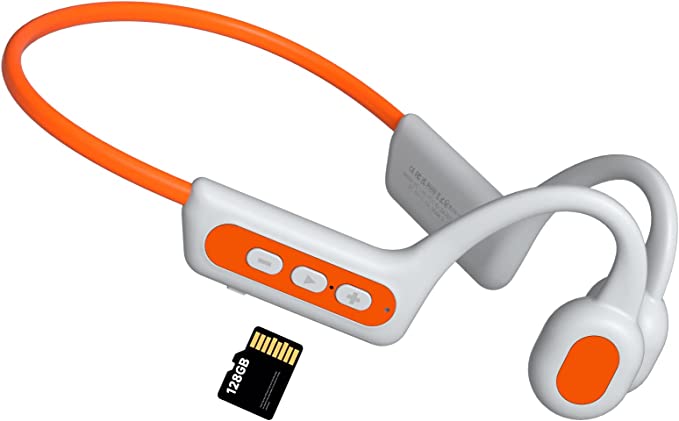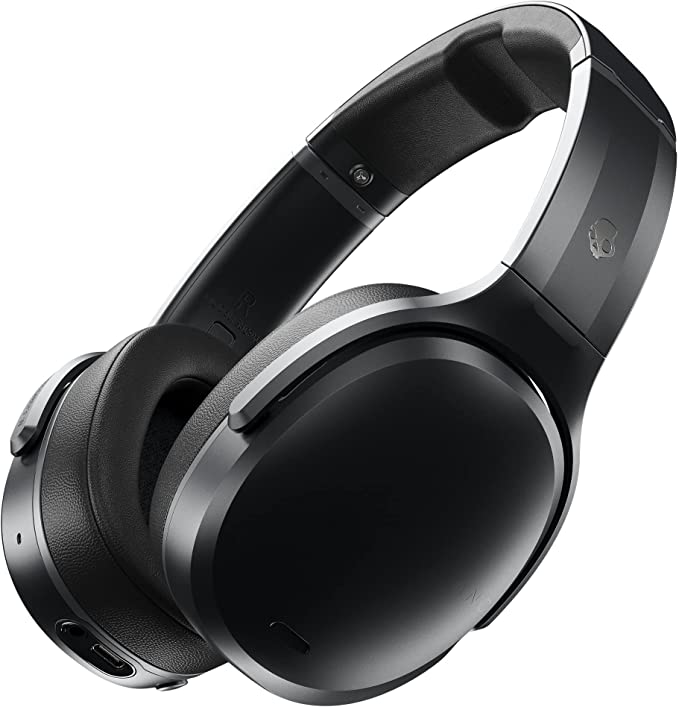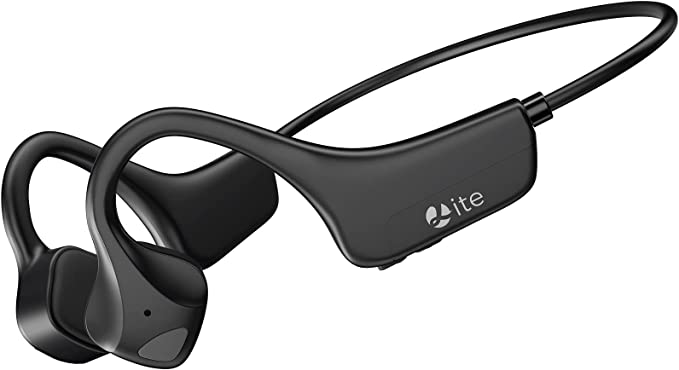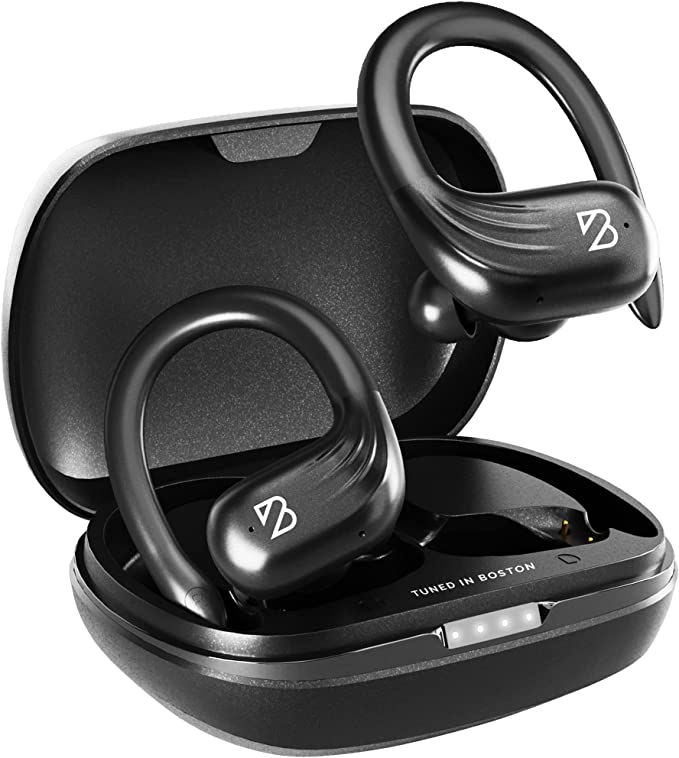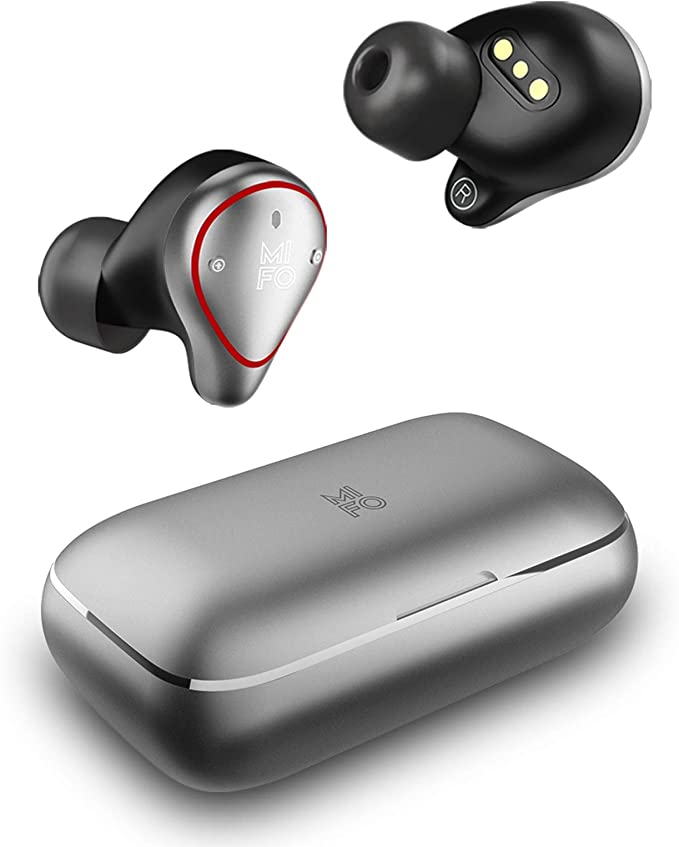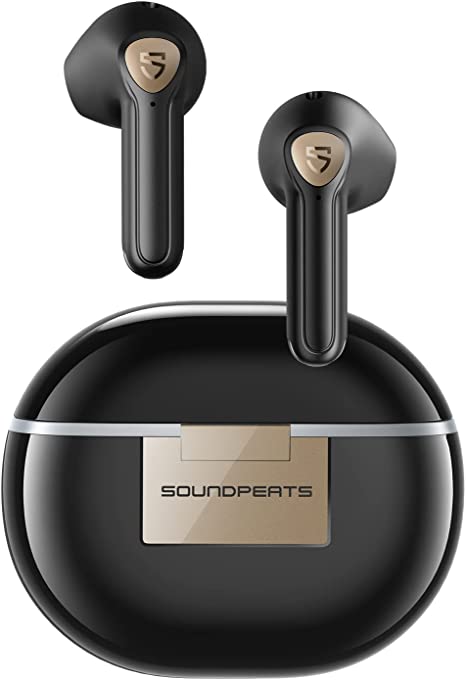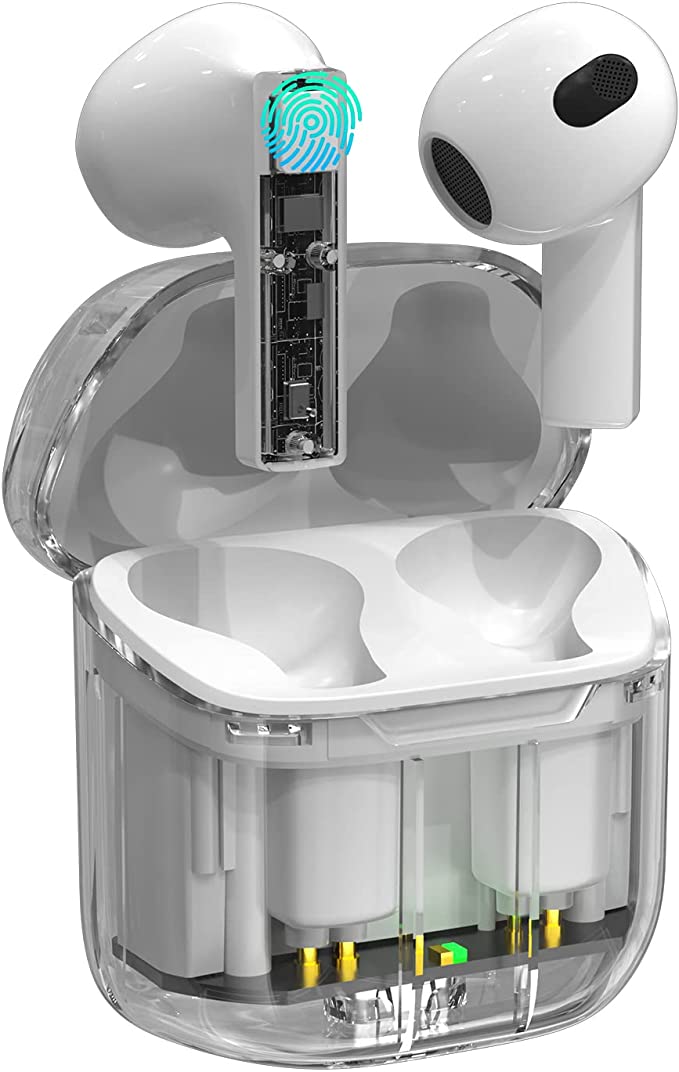Raycon The Everyday Bluetooth Wireless Earbuds: The Science of Seamless Sound and All-Day Power
Update on May 14, 2025, 2:27 p.m.
In our bustling, hyper-connected lives, few pieces of technology have woven themselves as seamlessly into the daily fabric as the humble wireless earbud. Tucked almost invisibly into our ears, these pocket-sized portals connect us to our music, podcasts, and conversations, offering a soundtrack to our commutes, workouts, and moments of quiet contemplation. We pop them in, tap a control, and instantly, sound flows. It feels like magic. But behind this effortless convenience lies a breathtaking symphony of scientific ingenuity. Today, let’s peel back the curtain and explore this hidden world, using a familiar example like the Raycon The Everyday Bluetooth Wireless Earbuds, with their claimed features of stereo sound and extended playtime, as our lens to understand the marvels within.

The Invisible Tether: Mastering Wireless Freedom with Bluetooth and True Wireless Stereo
The very first act in this technological performance is the establishment of a connection, an invisible tether that frees us from the tyranny of tangled wires. This is the domain of Bluetooth technology, a name that itself carries a fascinating piece of history. It’s a tribute to Harald “Bluetooth” Gormsson, a 10th-century Danish king famed for uniting disparate Danish tribes. Similarly, Bluetooth technology was conceived in the late 1990s with the ambitious goal of unifying various devices – phones, computers, peripherals – under a single short-range wireless standard.
But how does this “unification” actually conjure sound from your phone to, say, your Raycon earbuds? Imagine Bluetooth as your personal, highly secure, short-range radio station. It operates in the 2.4 GHz ISM (Industrial, Scientific, and Medical) radio band, a slice of the radio spectrum open for such applications. When you “pair” your earbuds, your phone and earbuds perform a complex digital handshake, agreeing on a set of parameters to communicate. They then engage in a rapid “frequency hopping” dance across numerous channels within that band, changing frequencies hundreds of times per second. This isn’t just for show; it’s a clever strategy to avoid interference from other devices using the same busy airwaves (like Wi-Fi routers or microwave ovens) and to enhance security. For streaming your music in rich quality, a specific Bluetooth profile called A2DP (Advanced Audio Distribution Profile) comes into play, ensuring your stereo audio is transmitted efficiently.
The evolution didn’t stop there. While Bluetooth cut the cord to our phones, early “wireless” headphones often still had a wire connecting the two earpieces. The advent of True Wireless Stereo (TWS) technology, as seen in modern earbuds like the Raycon Everyday models, represented the final frontier of cord-cutting. This was no small feat. The primary challenge? Making two entirely separate, battery-powered earbuds play audio in perfect, instantaneous harmony. If one earbud lagged even a few milliseconds behind the other, the stereo image would collapse, and the sound would be annoyingly out of sync.
Engineers devised ingenious solutions. Early TWS systems often used a master-slave approach: one earbud (the master) would connect to the phone and then relay the audio signal to the other (the slave). More recent iterations often allow each earbud to connect independently to the source device, improving connection stability and reducing latency. Whichever the method, it requires incredibly precise clock synchronization between the two buds. Think of it like two trapeze artists performing a perfectly timed, breathtaking routine from separate platforms, relying on an unseen rhythm to guide their every move. The result for you, the listener, is an unparalleled freedom of movement, whether you’re hitting the pavement for a run or simply reaching for a coffee without yanking your phone off the table.

The Marathoner’s Heart: The Science Behind All-Day Power
Of course, all this wireless wizardry would be short-lived without a reliable power source. Here, we salute the unsung hero of the portable electronics revolution: the Lithium-ion (Li-ion) battery. Before Li-ion technology became widespread in the early 1990s, portable devices were often shackled by bulky, underperforming batteries. Li-ion changed the game with its remarkable energy density – its ability to pack a substantial amount of energy into a very small and lightweight package.
What’s happening inside these tiny powerhouses, like the ones presumably nestled within each Raycon earbud? It’s a delicate ballet of chemistry. During discharge (when you’re listening to music), lithium ions, which are positively charged atoms of lithium, travel from one electrode (the anode, typically graphite) through a separating medium called an electrolyte, to another electrode (the cathode, often a lithium metal oxide). This journey of ions creates a flow of electrons in the external circuit, and that flow of electrons is the electric current that powers your earbuds. When you recharge, an external voltage forces those ions to travel back to the anode, ready for their next performance. You can imagine these ions as diligent couriers, shuttling energy back and forth within a miniature, highly efficient, and rechargeable energy canteen.
Now, you might see a claim like “32 Hours Playtime” associated with earbuds such as the Raycon Everyday model and wonder how such small devices can last so long. This impressive figure is almost always a collaborative effort. The earbuds themselves will hold a charge for several hours of continuous listening. But their faithful companion, the charging case, is more than just a storage box; it’s a portable power bank, containing its own larger Li-ion battery. When your earbuds run low, you simply pop them back into the case, and they begin to recharge, drawing power from the case. So, that “32 hours” typically represents the initial charge of the earbuds plus several additional full recharges provided by the case before the case itself needs replenishing. It’s a clever system that ensures your personal soundtrack can indeed last all day, and then some.
However, it’s wise to remember that real-world battery life is a dynamic variable. Blasting your music at full volume consumes more power than listening at a moderate level. The efficiency of the Bluetooth audio codec (the software that compresses and decompresses your audio data) also plays a part, as does the distance between your earbuds and your phone. Even ambient temperature can have an impact, with extreme cold or heat affecting battery performance.

Sculpting Your Soundscape: The Art and Science of In-Ear Audio
With a stable connection and ample power, we arrive at the raison d’être of any earbud: the sound itself. The in-ear form factor, common to the Raycon Everyday Earbuds and many others, plays a surprisingly crucial role in shaping your listening experience, even before the sound waves are generated.
One of the primary benefits is passive noise isolation. By fitting snugly into your ear canal, ideally with well-chosen ear tip sizes, the earbuds create an acoustic seal. This physical barrier blocks out a significant amount of ambient noise from your surroundings – the rumble of a train, the chatter of an office – creating a more personal and immersive sound bubble without needing complex active noise cancellation circuitry. This means you can often enjoy your audio at lower, safer volumes.
Furthermore, this seal transforms your ear canal into a tiny, enclosed acoustic chamber. This “closed box” effect can significantly enhance the perception of bass frequencies. Low-frequency sound waves have more energy and can feel more impactful when they are, in a sense, “trapped” and delivered directly towards your eardrum. The precise design of the earbud housing and the ear tip material all contribute to this delicate acoustic tuning. The unsung importance of achieving a good seal cannot be overstated; a poor fit can lead to thin, tinny sound and a complete loss of those rich lower notes.
Then there’s the magic of Stereo Sound. It seems so fundamental today, but it’s a carefully crafted illusion that leverages the way our brains process auditory information. Delivering two distinct audio channels, one to each ear, allows sound engineers to create a “soundstage” – an auditory landscape that can convey width, depth, and the positioning of different instruments or sound sources. This is the realm of psychoacoustics, the study of how humans perceive sound. Our brains are incredibly adept at interpreting the subtle differences in timing, volume, and frequency content between the sounds arriving at our two ears, constructing a three-dimensional sonic image from just two channels. Think of it as an artist using a full palette of colors and techniques to create depth, perspective, and emotion on a canvas; stereo sound does something similar for our ears and minds.

The Clear Connection: The Often-Overlooked Science of a Good Call
While music and podcasts are primary uses, many earbuds, including those advertised with a microphone like the Raycon Everyday models, also serve as indispensable communication tools. The ability to take a call without fumbling for your phone is a significant convenience.
The microphones in modern earbuds are typically marvels of miniaturization known as MEMS (Micro-Electro-Mechanical Systems) microphones. These devices are fabricated using semiconductor manufacturing techniques, allowing for incredibly small, power-efficient, and surprisingly robust microphones. The challenge, however, is to capture your voice clearly, especially when you’re in a noisy environment. Your voice is just one sound source among many, and sophisticated algorithms (often running on a chip within the earbuds or your phone) are frequently employed to help distinguish your speech from background noise, a field known as voice activity detection and noise suppression. It’s a constant engineering pursuit to improve the clarity and intelligibility of calls made through these tiny conduits.

The Everyday Extraordinary: Appreciating the Symphony Within
And so, our brief journey through the science packed into a pair of everyday wireless earbuds comes to a close. From the intricate dance of radio waves forming a Bluetooth connection and the TWS system’s defiance of physical tethers, to the electrochemical ballet within their Li-ion hearts, and the carefully sculpted acoustic environment they create within our ears, these devices are a testament to the convergence of multiple scientific disciplines.

The next time you slip in your wireless earbuds, perhaps a pair like the Raycon Everyday Earbuds, take a moment. Beyond the convenience, beyond the music, lies a symphony of human ingenuity. It’s a reminder that even the most commonplace objects in our modern lives can be repositories of extraordinary science and engineering, born from a relentless quest to make our experiences richer, more seamless, and more connected. And that, in itself, is something worth listening to.
